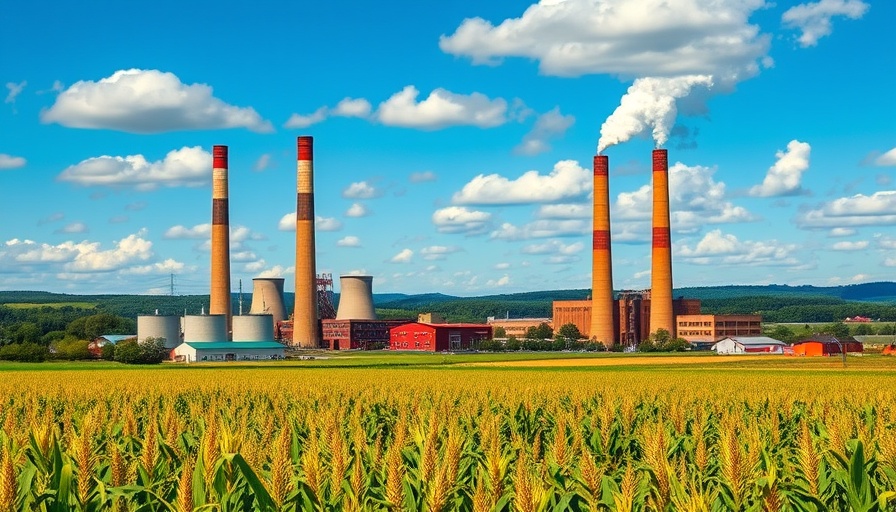
Diving Into Pennsylvania's $90 Billion Investment: What’s In Store?
Last week in Pittsburgh, energy and tech companies unveiled a substantial commitment of over $93 billion aimed at heralding Pennsylvania's pivotal role in the anticipated artificial intelligence (AI) revolution. This extensive investment encompasses diverse projects that are set to not only transform the infrastructure of energy production in the state but also to shape the workforce of tomorrow.
Nuclear Power and Workforce Development at the Forefront
The announced projects include plans for a fleet of new nuclear reactors and a strong focus on workforce development programs aimed at equipping the next generation of technicians and tradespeople. These initiatives are crucial as the demand for skilled labor will increase with the construction of new power plants and the data centers needed to support advanced AI capabilities.
Energy Policy and Political Landscape
The investments were strategically announced during GOP Senator Dave McCormick's Pennsylvania Energy and Innovation Summit, which featured President Donald Trump, who reiterated a fossil fuel-centric energy policy. Trump promoted traditional energy sources, expressing skepticism about renewable energy's viability, particularly wind power. This perspective stands in stark contrast to global trends showing significant investments and advancements in renewable technology.
The Controversy Surrounding Fossil Fuels and Climate Change
Accompanying the summit's promotional rhetoric, environmental advocates took to the streets, protesting against the reliance on fossil fuels for AI's growing energy needs. Critics highlighted the detrimental effects that increased carbon emissions could have on climate change and argued that such policies could lead to higher energy costs for consumers. The call for a pivot towards cleaner energy sources is becoming increasingly vital as climate concerns grow.
The Future Landscape: Opportunities and Challenges
This $90 billion investment represents not only an opportunity for economic growth but also a complex challenge regarding how these developments will align with the state’s environmental objectives. The outcome will depend significantly on how the government, businesses, and communities navigate the integration of traditional energy sources with emerging renewable energies.
Community Perspectives: Balancing Growth and Sustainability
For residents of Pennsylvania, the implications of these investments may be far-reaching. On one hand, new job opportunities in construction and high-tech fields are appealing. On the other hand, the prospect of increased reliance on fossil fuels raises urgent questions about sustainability and environmental impacts. Community discussions will be critical as local stakeholders weigh the benefits of job creation against the potential environmental costs.
A Path Forward: Is There Room for Renewable Energy?
Despite some political rhetoric, the global trend towards renewable energy is undeniable. In fact, the World Economic Forum reported that 2023 saw 117 gigawatts of new wind energy capacity installed, indicating a robust enhancement in renewable infrastructure worldwide. The challenge lies in fostering an inclusive approach to energy development in Pennsylvania that incorporates both traditional and renewable energy sources.
Conclusion: The Need for Informed Public Engagement
As investments pour into Pennsylvania's energy sector, it becomes imperative for residents to engage with and understand the implications of these changes. Public forums and discussions can facilitate informed dialogue that prioritizes sustainable choices while still pursuing economic advancement. The Kansas City model has shown how community engagement can reshape energy policies effectively—this could be Pennsylvania's moment to define its energy future.
 Add Row
Add Row  Add
Add 




Write A Comment